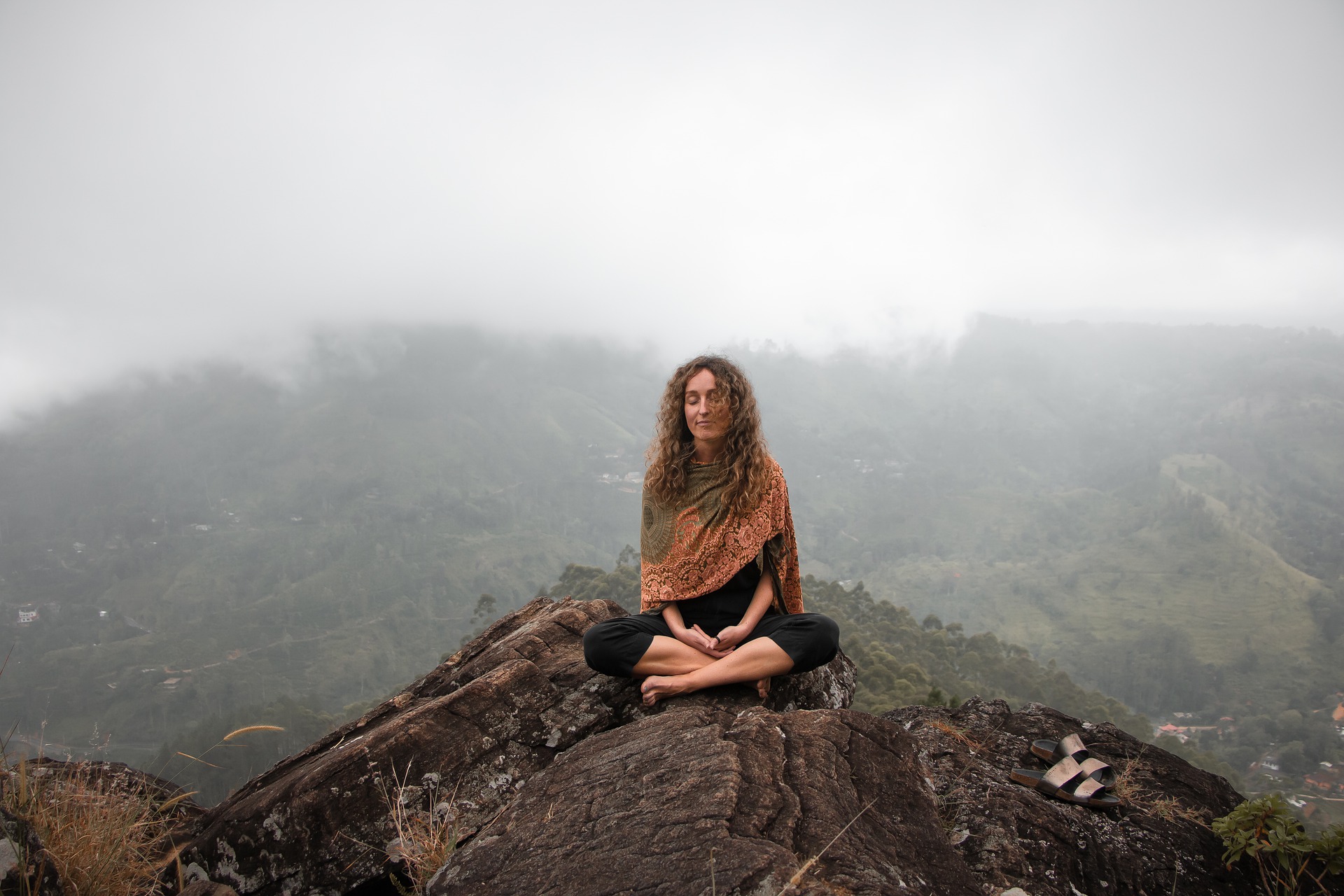You may be ready to start a meditation practice and discover the many benefits it offers. But there may be a problem: you may not be able to meditate. With so many different types of meditation and traditions to try, it’s natural to feel overwhelmed, confused, or even stupid. But meditation doesn’t have to be intimidating. Whether you are new or have not practiced for a long time, here is everything you need to know about meditation.
“If every 8-year old in the world is taught meditation, we will eliminate violence from the world within one generation.” – Dalai Lama
Most meditations begin by sitting in a quiet place, closing your eyes, calming the mind, and focusing on the breath. But meditating is not just about sitting and breathing. When we meditate, we cultivate awareness and compassion; we train the mind to stop being easily distracted and more focused right now. With the breath of the moment, we just sit back and gradually learn to bring thoughts and feelings.
Of course, it is perfectly normal for us to start meditating that the mind jumps everywhere. The nature of the mind thinks, therefore it thinks – meditation is not about stopping thoughts. We sit and practice observing our thoughts without getting caught up in our thoughts and emotions. We learn to tame this restlessness by developing an awareness for the moments when our attention has turned away.
Whenever we notice that we are distracted, we build our awareness and bring our attention back to the breath. Through the meditation process, the mind becomes more comfortable with this idea of sitting, and we can begin to learn to integrate the qualities experienced during the practice of meditation – calm, concentration, compassion, mindfulness – in the rest of our day.
Many things in life are beyond our control. However, it is possible to take responsibility for our state of mind – and change it for the better. According to Buddhism, this is the most important thing we can do, and Buddhism teaches that it is the only real antidote to our grief and the anguish, fear, hatred and general confusion felt by the human condition.
Meditation is a way to transform the mind. Buddhist meditation practices are techniques that encourage and develop focus, clarity, emotional positivity and a calm view of the true nature of things. By participating in particular meditation practice, you learn the patterns and habits of your mind, and the practice provides a way to cultivate new ways to be more positive.
With regular work and patience, these focused and nourishing states of mind can become deeply peaceful and energetic states of mind. Such experiences can have a transformative effect and lead to a new understanding of life.
Originally, the word “meditate” actually means to think deeply about something. However, when Eastern contemplative practices were introduced “into Western culture”, this is the term used to define it, for there is no better word. Nowadays, meditation makes more sense for this exercise to focus attention than to think deeply.
“Now I meditate twice a day for half an hour. In meditation, I can let go of everything. I’m not Hugh Jackman. I’m not a dad. I’m not a husband. I’m just dipping into that powerful source that creates everything. I take a little bath in it.” – Hugh Jackman
Table of Contents
Definitions of various Types of Meditation.
In Christianity, meditation is a type of contemplative prayer that creates a feeling of oneness with God, or the reflection of religious themes. In Buddhism, meditation is one of the three fundamental practices for purifying the mind and achieving Nirvana.
In addition to the centre of attention, meditation also involves spiritual calm and introspection (“inner gaze”). Thus, meditation is somewhat different from other personal or spiritual development exercises, such as:
Confirmation, self-hypnosis or guided visualization – where the goal is more to convey a specific message to the brain
Pure relaxation – where the goal is only to release body tension
Prayer – where there is a conscious flow of thoughts and feelings, directed to a deity
Reflection – where thinking processes actively deepen the understanding of a subject or concept.
Dance trance – where the main purpose is usually to produce visions or a changed state of consciousness
Breathing exercises like pranayama and (most types) qigong – where the focus is on producing a certain breathing pattern and purifying the body.
All of these practices are also good and useful, but they are different from meditation (although some meditation techniques may use some of these elements). My personal favorite meditation type is Mindfulness Meditation. You can read about it in this book.
Meditative prayer: meditation receives God. Prayer is a petition to God – it is you only talking to God. Meditative prayers are a kind of supplication to the divine. In this type of meditation, you make a specific request to the Superior and then receive the blessing that the divine will give you. You can ask to be blessed with the spiritual power of love or abundance. Or you can ask the divine to receive relief or balance. The beauty of meditative prayers is that you focus your mind and consciousness on the spiritual quality and consciousness that you demand, which keeps the mind alert and focused during meditation.
You can also learn about using meditation to manifest money here.
You can also use this super-effective technique everyday to manifest ANYTHING.
There are many types of meditation, across various religions. The various types of meditation often seek to enhance one’s spirituality. Find one the resonates with you and stick to it.
If you want to conquer the anxiety of life, live in the moment, live in the breath.– Amit Ray


